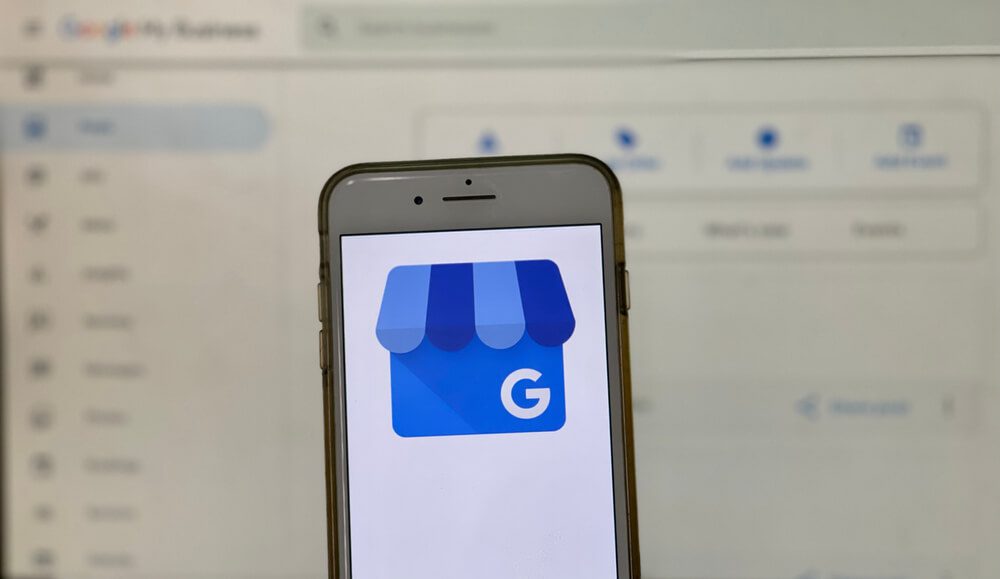
How Small Businesses Can Build Great Knowledge Graphs
Small businesses can benefit from an accurate, complete, and well-written knowledge graph, which is a fact box for a specific subject or interest. It gives customers information about your company, business profile, affiliations, and location.
An experienced SEO agency recommends using knowledge graphs to your small business’ advantage. This guide shows you how to build one.
 GBP is a free business listing on Google Search and Maps. It is the first page users see once they search for your business, products, or services. GBP contains your business name, address, phone number, hours of operation, and a short description of your company. Once you claim your profile, you can edit your business information, pictures, description, and reviews.
Google uses your GBP information to create your business knowledge graph, so regularly update it.
Here are some tips to optimize your GBP listing to improve your knowledge graph.
GBP is a free business listing on Google Search and Maps. It is the first page users see once they search for your business, products, or services. GBP contains your business name, address, phone number, hours of operation, and a short description of your company. Once you claim your profile, you can edit your business information, pictures, description, and reviews.
Google uses your GBP information to create your business knowledge graph, so regularly update it.
Here are some tips to optimize your GBP listing to improve your knowledge graph.
 Google also crawls your social media profiles for updated information, especially if you do not have a website. So strive to keep your social media profiles updated to ensure a complete knowledge graph for your business.
Note the following marketing strategies:
Google also crawls your social media profiles for updated information, especially if you do not have a website. So strive to keep your social media profiles updated to ensure a complete knowledge graph for your business.
Note the following marketing strategies:
- Improve structured data markup
- Claim and optimize your Google Business Profile
- Create a Wikipedia page
- Complete your social media information
- Recommend changes to Google
Want to learn more about the Digital Authority Partners approach to SEO? Watch this video!
Improve Structured Data Markup
Structured data is a standard format for providing information regarding a page and classifying its content. A page for an arts and crafts how-to site has a description, the needed materials, step-by-step instructions, and a short video about the activity included in its basic structure. Creating and improving structured data encourages people to interact with your site. It also helps Google understand your content and build a knowledge graph algorithm that provides factual information to your audience. An experienced web developer can help you add structured data markup to your site to optimize your knowledge graph. Take note of these tips.- Check for structured data issues and access. Use the Google Rich Results Test tool to look for errors. This tool also gives you information on structured data that Google finds on your website. Rich Results determines whether structured data is eligible to display in search results.
- Follow correct structured data formats. Ensure that Google Search supports your structured data. Three formats are available: JSON-LD, Microdata, and RDFa. A web developer helps you ensure the markup is valid and implemented.
- Adhere to quality guidelines. Follow Google’s technical guidelines, like structured data format and access, and quality guidelines, like content, relevance, completeness, location, images, etc. Working with an SEO expert ensures that your structured data follows these strict guidelines.
Claim and Optimize Your Google Business Profile (GBP)
 GBP is a free business listing on Google Search and Maps. It is the first page users see once they search for your business, products, or services. GBP contains your business name, address, phone number, hours of operation, and a short description of your company. Once you claim your profile, you can edit your business information, pictures, description, and reviews.
Google uses your GBP information to create your business knowledge graph, so regularly update it.
Here are some tips to optimize your GBP listing to improve your knowledge graph.
GBP is a free business listing on Google Search and Maps. It is the first page users see once they search for your business, products, or services. GBP contains your business name, address, phone number, hours of operation, and a short description of your company. Once you claim your profile, you can edit your business information, pictures, description, and reviews.
Google uses your GBP information to create your business knowledge graph, so regularly update it.
Here are some tips to optimize your GBP listing to improve your knowledge graph.
- Create a good description. Mention your primary business category first, then mention your services or products, and include your target location. You may include your business structure, number of employees, and hours of operation.
- Use the actual business name on your profile. This helps your customers and Google find your business on the web. Your real-world name must be used consistently on your website, email correspondence, storefront, and social media pages.
- Update your social media page information. Any changes in your business information must reflect on your social media sites. This helps Google validate the news in your knowledge graph, especially if you do not have a website.
Create a Wikipedia Page
Google pulls up information from Wikipedia to include in knowledge graphs. If you have a Wikipedia page, its link will appear in your knowledge graph. So optimize your knowledge graph by creating a Wikipedia page, keeping the following in mind:- Update your Wikipedia content regularly. This ensures your profile is error-free and mirrors your business’ image correctly. You should periodically update the following on your knowledge graph: revenue information, CEO, changes in headquarters or location, and description.
- Remove false information. Take time to review your Wikipedia page to find incorrect information. Remember, Wikipedia is open to all and, thus, can be modified or edited by anyone.
- Avoid a promotional tone. Use an encyclopedia-like style and tone focusing only on factual information about the subject.
- Include crucial knowledge graph information. Lead Google to vital information for your knowledge graph by including your company’s founder, date founded, revenue, owner, headquarters, chairperson, and more.
Complete Your Social Media Information
 Google also crawls your social media profiles for updated information, especially if you do not have a website. So strive to keep your social media profiles updated to ensure a complete knowledge graph for your business.
Note the following marketing strategies:
Google also crawls your social media profiles for updated information, especially if you do not have a website. So strive to keep your social media profiles updated to ensure a complete knowledge graph for your business.
Note the following marketing strategies:
- Ensure your social media pages have consistent information. This helps Google see that your profiles are accurate and point to your business. Be consistent in your business name, contact information, logo, description, and category.
- Regularly update your profiles. Take time to update your social media, and ensure that updates have been made on all sites. You can use social media management tools like Hootsuite to make updating fast and seamless.
- Create profiles on relevant social media pages. Facebook is the market leader, with more than 2.9 billion monthly active users in 2022. Understand your audience, and use hashtags pertinent to your niche and brand to find where your audience hangs out.
Recommend Changes to Your Knowledge Graph
Another way to build a good knowledge graph is to submit profile changes to Google. This helps correct outdated entries and fix incorrect data in your knowledge graph. But to do this, you must be the company or brand’s owner or representative. Google reviews your suggested edits, confirming these from publicly available information online. If your modifications are accepted, you will get an email notification saying Google has decided to publish your changes. Here are some essential points to remember when submitting an edit to Google.- Submit your edits through your Google Account. This is the account associated with the business or organization that you represent. From the Knowledge Panel > Suggested Edits to submit your edits. If you do not find this option, you are not signed in, or Google does not recognize your account as a business representative.
- You can get verified or add users. To become a representative and make edits, get verified by claiming your business’ knowledge panel. Add a new user by entering the Gmail of the new user and inviting them. Set permissions as manager, owner, or contributor.
- Submit individual feedback for multiple suggestions. This ensures that your edits are reviewed and applied to your knowledge graph.
- Create a short description of your edit. The response box allows you to describe your correction, so include the change you want to make, why you want to edit and add references to confirm your changes. Use a publicly accessible URL like Wikipedia, CIA Factbook, etc.
Summing Up
A knowledge graph is among the SERP features worth optimizing for. Create an accurate and complete one by improving structured data markup and optimizing GBP, your Wikipedia page, and social media pages. You may also suggest a profile edit to Google. All these will help you create a compelling knowledge graph that can boost your online visibility. An experienced SEO agency can help you build the best knowledge graph, no matter what business or organization you represent. Contact Digital Authority Partners today.Want To Meet Our Expert Team?
Book a meeting directly here



